Why Great Danes Wobble—And What You Can Do to Help
Great Dane and Wobbler’s Disease
Woof! Let me tell you about something called Wobbler’s Disease that we Great Danes need to watch out for. Trust me, it’s not as fun as it sounds!
So here’s the deal – Wobbler Disease is this condition that can make us walk like we’ve been spinning in circles chasing our tails for way too long. It happens because something goes wonky with our spine and squishes our spinal cord. Not cool, right?
You might be wondering how you’d know if your Great Dane buddy has this problem. Well, we start walking like we’re on a boat in choppy water – all wobbly and unsteady. Sometimes we act differently too, maybe not as playful or excited about dinner (and trust me, that’s a BIG red flag for us Danes!).
The tricky thing is that we get this condition because of our genes. Yeah, I know – we can’t help being this tall and gorgeous! But sometimes our genetics work against us. It’s like winning the lottery for being giant and beautiful, but getting a not-so-great bonus prize.
The good news is that our humans can help us out. Those vet visits that we may not love (especially the thermometer part – yikes!) are super important. The earlier they catch this wobbler stuff, the better they can help us feel good again.
If we do get diagnosed, don’t panic! There are lots of ways to help us out. Sometimes we need special exercises – think of it like physical therapy but for dogs. We might need some medicine to make us feel better, or in serious cases, we might need surgery. But hey, at least we’ll get extra attention and probably some special treats during recovery!
The bottom line is this: if you notice your Great Dane walking funny or acting strange, get them to the vet. We’re pretty tough cookies, but we need our human friends to help us stay healthy and happy!
Understanding Wobbler Disease in Great Danes
Woof! Let me tell you about something called Wobbler’s Disease that some Great Danes sometimes get. Don’t worry – I’m not wobbling right now as I write this with my giant paws on the keyboard!
So here’s the deal: Wobbler Disease has this fancy name – cervical spondylomyelopathy – but we dogs call it “the wobbles.” It’s something that runs in our families, kind of like how some humans get their dad’s big nose or their mom’s weird laugh. Some Great Dane families are more likely to get it than others.
What happens is the bones in our necks get all wonky and squish our spinal cord. Imagine trying to drink water through a garden hose that someone stepped on – that’s what happens to the signals trying to get from our brains to our legs. It makes us walk funny (hence the name “wobbler”) and can cause significant neck pain.
The tricky part is spotting it early. If you see us Great Danes walking like we’ve had too much kibble wine, or if we’re holding our heads funny like we’re trying to look sophisticated, that might be a sign. Routine veterinary checkups are essential to catch Wobbler’s Disease before it progresses.
Keep an eye out for our wobbly walks and fancy head tilts – they might just be signs of the wobbles!
Neck pain is another big clue – we mightn’t want to look up at squirrels, which is basically torture for any self-respecting dog.
The good news is that with the right care, we can still live happy lives chasing tennis balls and stealing food off counters!
Causes and Risk Factors of Wobblers
So here’s the deal: even though us Great Danes are basically four-legged supermodels, some things can make us wobbly (and not the good kind of wobbly you get from a great belly rub).
First up is genetics – thanks a lot, Mom and Dad! Our breed has a genetic predisposition to Wobbler’s Disease, which is more common in our family. It’s like how some humans are born with their dad’s nose or their mom’s laugh, except way less cute.
Then all those pesky environmental issues can make things worse.
Gaining too much weight doesn’t help either (sorry, but those extra treats DO count). And if we get hurt or have an accident, that can trigger problems too.
Don’t even get me started on bad food and exercise routines. Feed us junk or make us couch potatoes, and our bodies get cranky. Make us run marathons, and we’re also not happy campers.
The good news? Now that you know what causes this wobbly business, you can help us stay healthier and maybe avoid some of these problems altogether! Maintaining a close relationship with a veterinarian and keeping detailed health records is crucial for monitoring health issues.
Symptoms and Clinical Signs to Watch For
Symptoms and Clinical Signs to Watch For
First off, if you see me walking like I just got off a spinning carnival ride, that’s a red flag. My legs mightn’t want to work together anymore, and I’ll look like I’m doing some weird dance moves – except nobody’s playing music and I definitely didn’t sign up for this performance!
If I start walking wobbly like I’m on a carnival ride, it’s time to take action!
You might also notice me walking with a noticeable wobble. I know what you’re thinking – “But you’re already a gentle giant who bumps into things!” Well, this is different. It’s like someone mixed up the signals between my brain and my paws.
Another thing to watch for is if I start acting like my neck hurts. I mightn’t want to look up at you with those adorable puppy dog eyes, or I might whimper when I try to reach for my food bowl. That’s not normal for a food-loving guy like me!
As this sneaky disease gets worse, my back legs might start feeling weak and wobbly. Getting up from my favorite napping spot might become a real struggle – and trust me, us Great Danes take our nap time very seriously!
Here’s the important part: if you notice these signs early, we can fight this thing together! Sometimes I mightn’t want to play fetch or go for walks, which should definitely worry you because I LOVE those things. I might even get grumpy if you touch certain spots – and you know that’s not like me since I’m usually a big cuddle bug.
The best thing you can do is get me to the vet right away. They’re like detectives who can figure out what’s going on and help make me feel better. The sooner we catch this, the better chance we’ll have of keeping me happy, healthy, and ready for belly rubs! Also, keep in mind that certain breeds, including Great Danes, may have genetic predispositions to various health issues, so regular check-ups are vital.
Diagnosis and Detection Methods
How My Humans Figure Out If I Have the Wobbles
So you think I might’ve Wobbler’s Disease? Well, my humans don’t just take one look at my silly walk and call it a day! Nope, they’ve got a whole process to figure out what’s going on with my giant body.
First up is the neurological exam – fancy words for “let’s see how well this big dog can move around.” My vet watches me walk, checks if I can feel things properly, and tests my reflexes. It’s like a bizarre game where I’ve to prove I’m not just being lazy when I stumble around.
They’re looking for specific clues that scream “Wobblers!” instead of “I’m just having a clumsy day.”
Then comes the MRI machine – this massive, loud contraption that takes pictures of the inside of my neck and spine. I’ve to take a little nap (thanks, anesthesia!) while this machine makes all sorts of beeping and whirring noises.
The MRI shows my humans exactly where my spinal cord might be getting squished and if there’s anything weird going on in there. Additionally, my humans are also aware that Great Danes are prone to certain health issues like Lyme disease, which can complicate overall health assessments.
When my vet puts together what they saw during my movement test and the fancy pictures from the MRI, they can tell for sure if I’ve got Wobblers.
It’s like solving a puzzle, except the puzzle pieces are my wobbly legs and compressed spine! Once they know what’s wrong, they can figure out the best way to help me feel better.
Management and Treatment Options
When it comes to managing Wobbler’s Disease, we Great Danes have a few tricks up our sleeves to help us get back on our paws—literally! My human friends call it “treatment options,” but I like to think of it as my personal wellness menu.
Here’s what’s on the doggy treatment menu:
| Treatment Option | What It Means for Me | Why It’s Pawsome |
|---|---|---|
| Rehab Exercises | Fun workouts to make my muscles stronger | I can chase squirrels better! |
| Good Food | Yummy, healthy meals just for me | Keeps my tail wagging and body strong |
| Medicine | Special pills that taste like treats | Makes the ouchy feelings go away |
| Surgery | The vet fixes my wobbly spine | Might help me walk like a normal dog again |
| Vet Visits | Regular check-ups with my doctor | Catches problems before they get worse |
My humans work with the vet to pick the best mix of treatments for me. Some days I do exercises that feel like playing games. Other days, I take medicine hidden in peanut butter (the best part!). The goal is to keep me comfortable and as mobile as possible, so I can still steal socks and beg for table scraps like any respectable Great Dane should. It’s important to remember that training and socialization can also play a role in managing my condition and improving my overall well-being.
Final Thoughts
Woof! So here’s the deal about this thing called Wobbler Disease that us Great Danes sometimes get. Trust me, it’s not as fun as it sounds – there’s definitely no wobbling dance party involved!
Look, navigating this wobbly stuff can feel like trying to walk through a maze while wearing those giant cone collars. But here’s the good news – if my humans stay alert and spot the warning signs early (like when I start walking like I’ve been spinning in circles chasing my tail), they can get me help fast.
I can’t promise anything is guaranteed, but with the right vet and treatment plan, there’s a good chance I can get back to my normal self. That means more zoomies around the yard and less looking like a newborn giraffe trying to figure out these long legs!
The best part? When my humans stay on top of things and take care of me, I get to go back to doing what I do best – being a gentle giant who occasionally forgets how big I am and tries to be a lap dog. Now that’s what I call a happy ending!
References
- https://noblevetclinic.com/blog/wobblers-disease-in-dogs-symptoms-causes-and-treatment
- https://www.petmd.com/dog/conditions/neurological/c_dg_wobbler_syndrome
- https://www.vetspecialists.co.uk/fact-sheets-post/wobblers-in-dogs-fact-sheet/
- https://www.youtube.com/watch?v=DBhpxvQSVQQ
- https://www.fitzpatrickreferrals.co.uk/neurology/cervical-spondylomyelopathy-wobbler-syndrome/
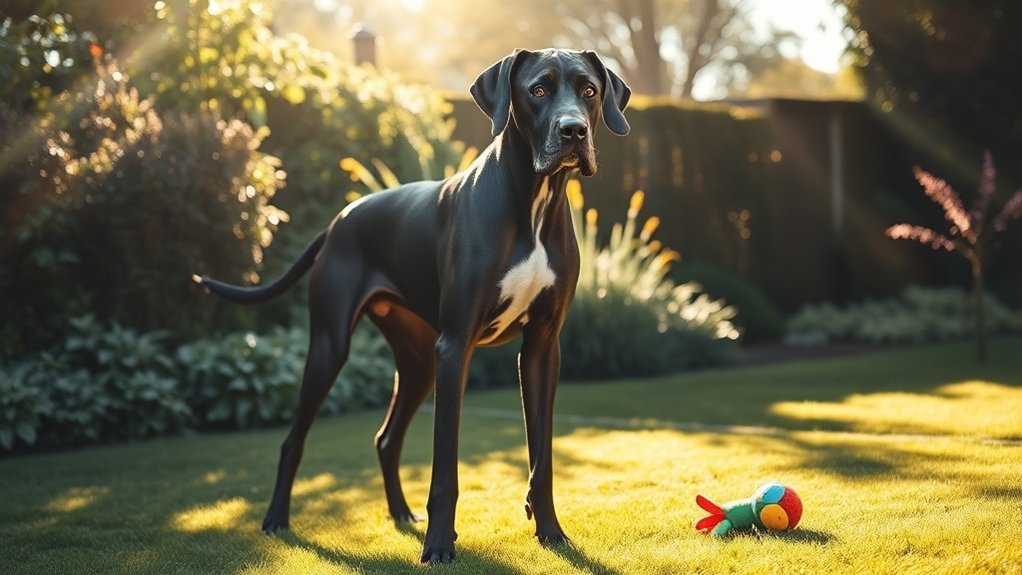
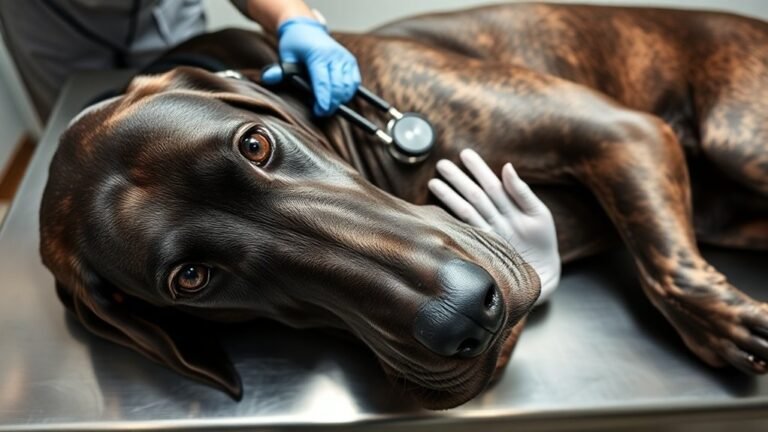
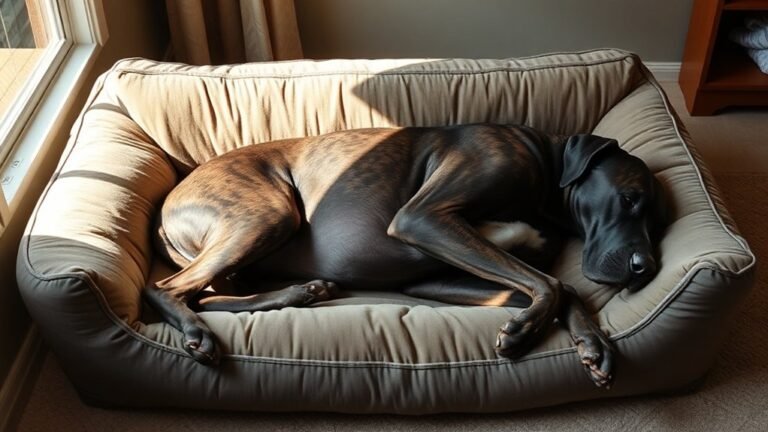
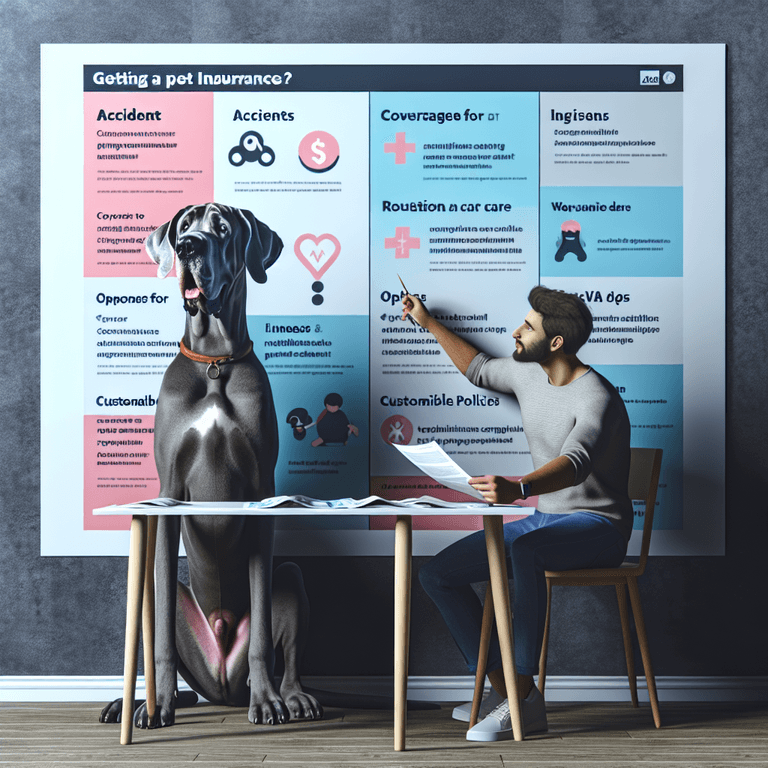
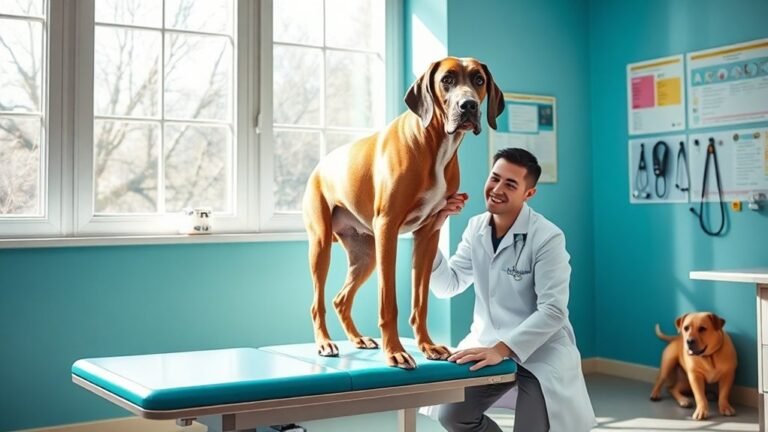
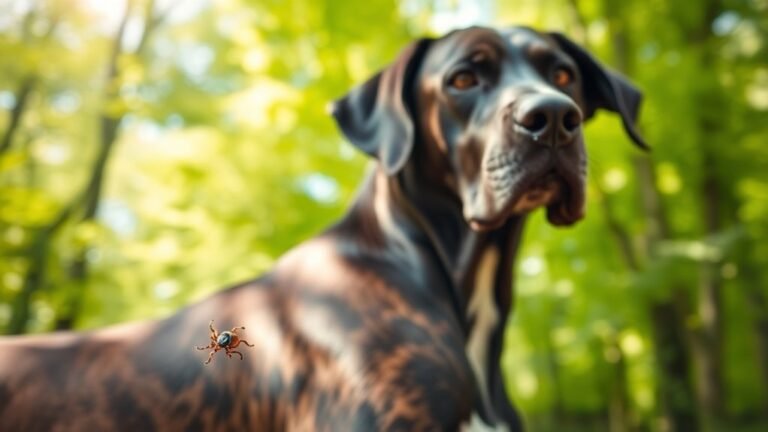
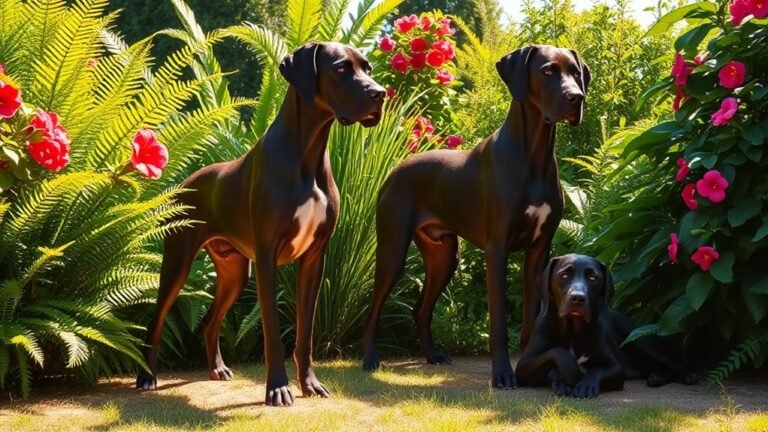
One Comment